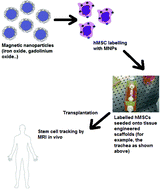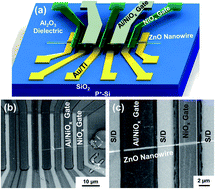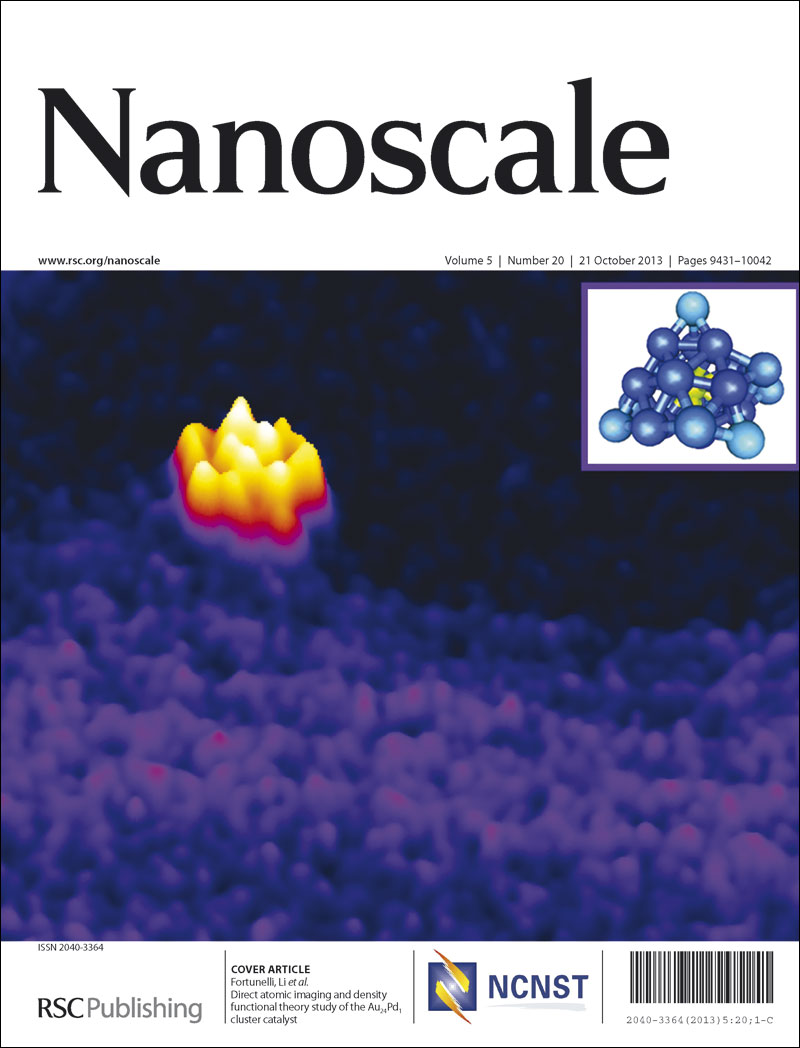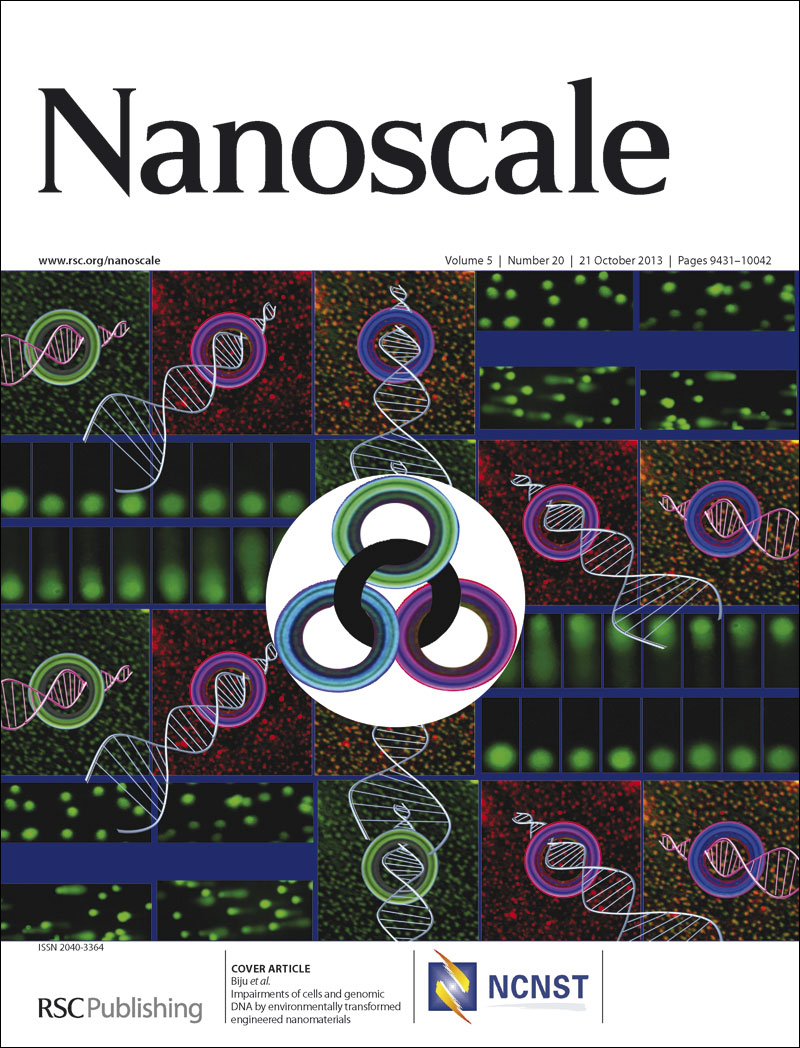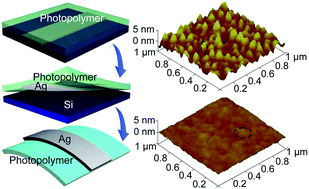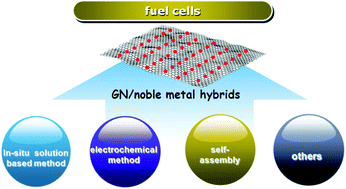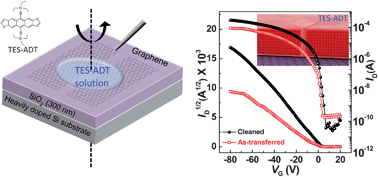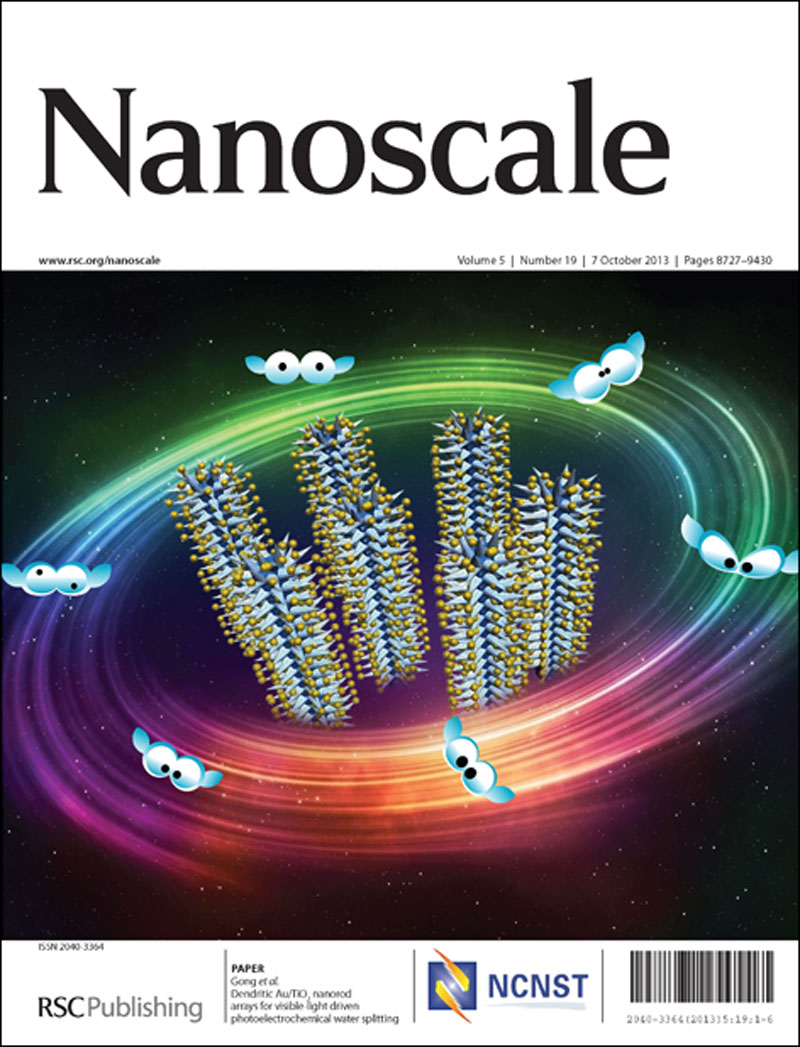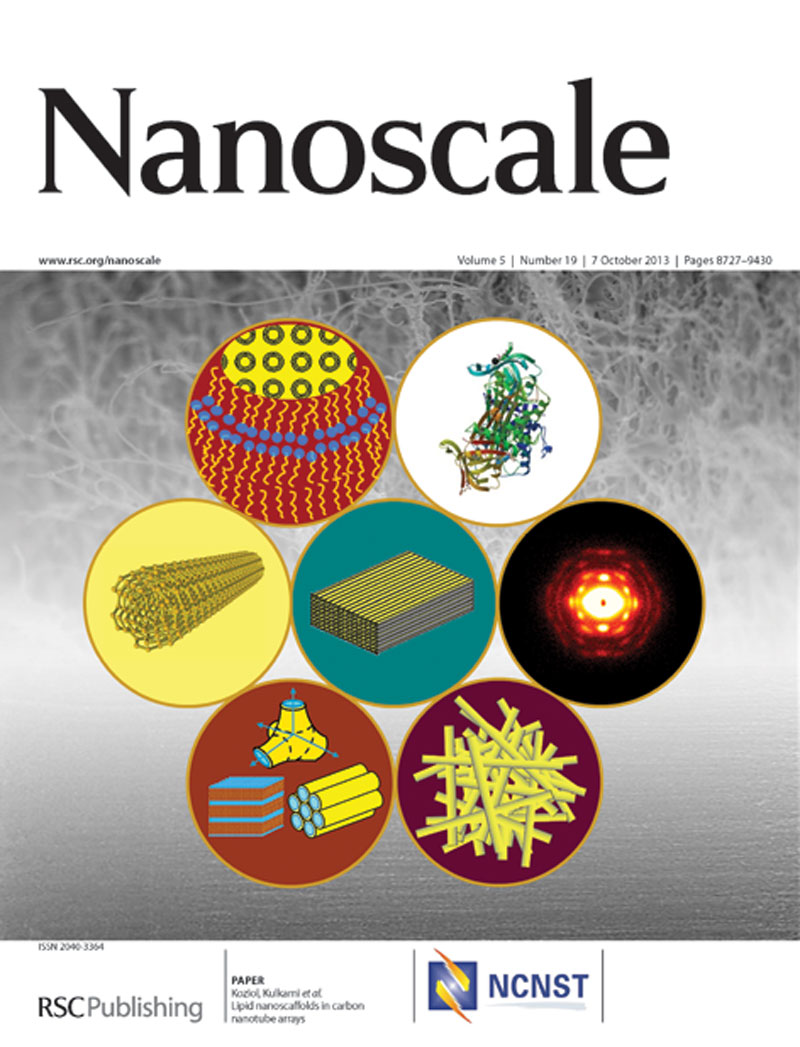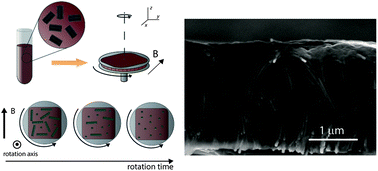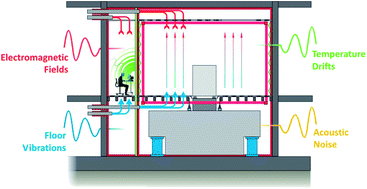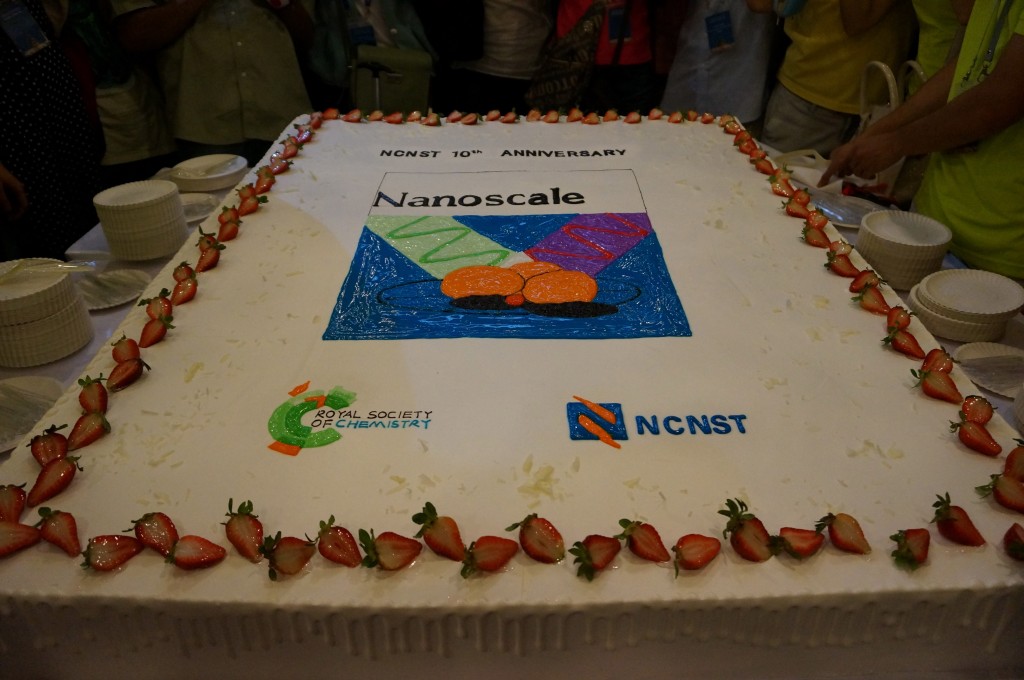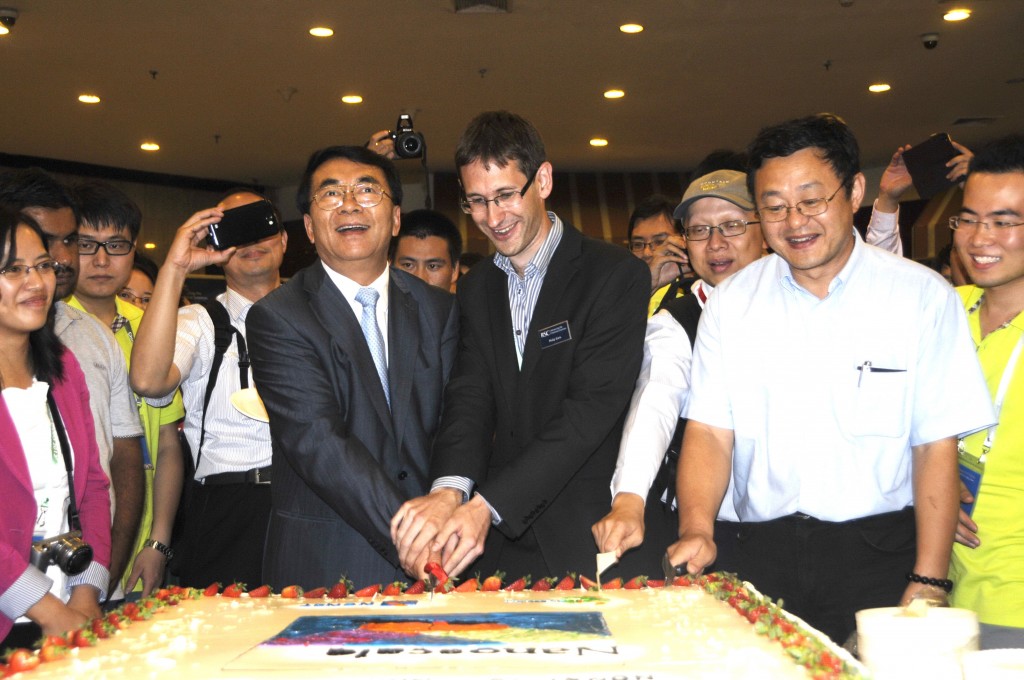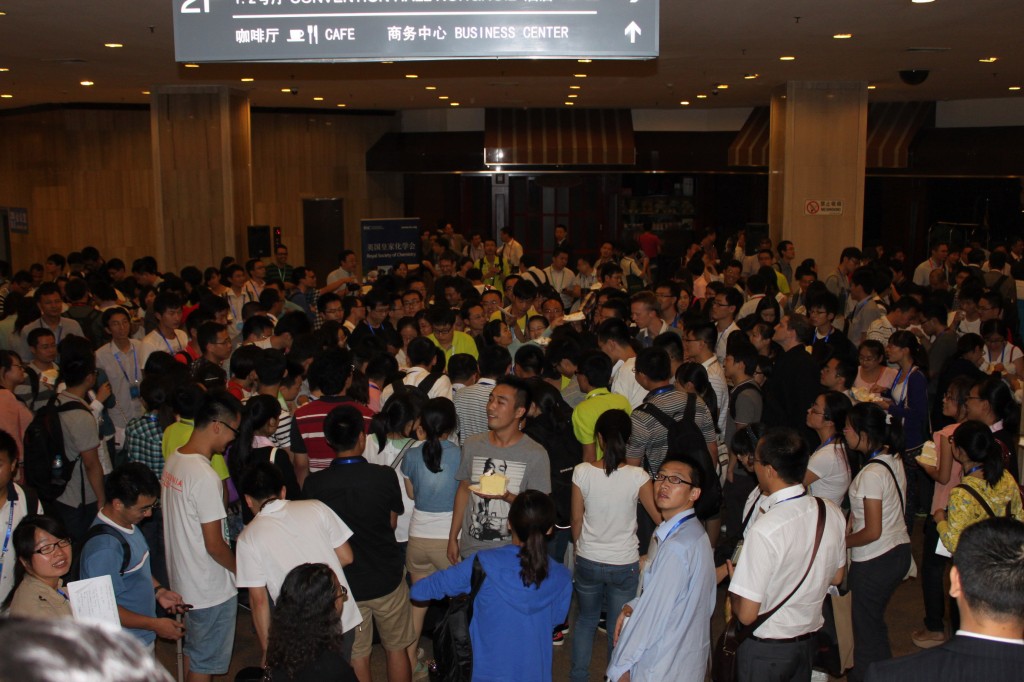This month sees the following articles in Nanoscale that are in the top 10 most accessed from July – September:
Supramolecular self-assemblies as functional nanomaterials
Eric Busseron, Yves Ruff, Emilie Moulin and Nicolas Giuseppone
Nanoscale, 2013,5, 7098-7140
DOI: 10.1039/C3NR02176A
6.5% efficient perovskite quantum-dot-sensitized solar cell
Jeong-Hyeok Im, Chang-Ryul Lee, Jin-Wook Lee, Sang-Won Park and Nam-Gyu Park
Nanoscale, 2011,3, 4088-4093
DOI: 10.1039/C1NR10867K
Nanostructured carbon–metal oxide composite electrodes for supercapacitors: a review
Mingjia Zhi, Chengcheng Xiang, Jiangtian Li, Ming Li and Nianqiang Wu
Nanoscale, 2013,5, 72-88
DOI: 10.1039/C2NR32040A
Focusing on luminescent graphene quantum dots: current status and future perspectives
Lingling Li, Gehui Wu, Guohai Yang, Juan Peng, Jianwei Zhao and Jun-Jie Zhu
Nanoscale, 2013,5, 4015-4039
DOI: 10.1039/C3NR33849E
Graphene-related nanomaterials: tuning properties by functionalization
Qing Tang, Zhen Zhou and Zhongfang Chen
Nanoscale, 2013,5, 4541-4583
DOI: 10.1039/C3NR33218G
Recent advances in the efficient reduction of graphene oxide and its application as energy storage electrode materials
Tapas Kuila, Ananta Kumar Mishra, Partha Khanra, Nam Hoon Kim and Joong Hee Lee
Nanoscale, 2013,5, 52-71
DOI: 10.1039/C2NR32703A
2D materials: to graphene and beyond
Rubén Mas-Ballesté, Cristina Gómez-Navarro, Julio Gómez-Herrero and Félix Zamora
Nanoscale, 2011,3, 20-30
DOI: 10.1039/C0NR00323A
All-solid-state hybrid solar cells based on a new organometal halide perovskite sensitizer and one-dimensional TiO2 nanowire arrays
Jianhang Qiu, Yongcai Qiu, Keyou Yan, Min Zhong, Cheng Mu, He Yan and Shihe Yang
Nanoscale, 2013,5, 3245-3248
DOI: 10.1039/C3NR00218G
‘Inorganics-in-Organics’: recent developments and outlook for 4G polymer solar cells
K. D. G. Imalka Jayawardena, Lynn J. Rozanski, Chris A. Mills, Michail J. Beliatis, N. Aamina Nismy and S. Ravi P. Silva
Nanoscale, 2013,5, 8411-8427
DOI: 10.1039/C3NR02733C
Visible light driven type II heterostructures and their enhanced photocatalysis properties: a review
Yajun Wang, Qisheng Wang, Xueying Zhan, Fengmei Wang, Muhammad Safdar and Jun He
Nanoscale, 2013,5, 8326-8339
DOI: 10.1039/C3NR01577G
Why not take a look at the articles today and blog your thoughts and comments below.
Fancy submitting an article to Nanoscale? Then why not submit to us today!











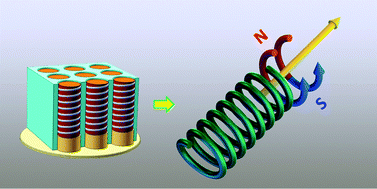
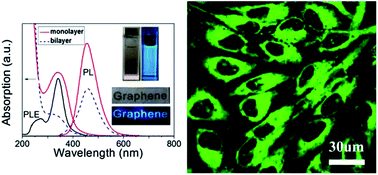 Nearly Monodisperse Graphene Quantum Dots Fabricated by amine-assisted Cutting and Ultrafiltration
Nearly Monodisperse Graphene Quantum Dots Fabricated by amine-assisted Cutting and Ultrafiltration